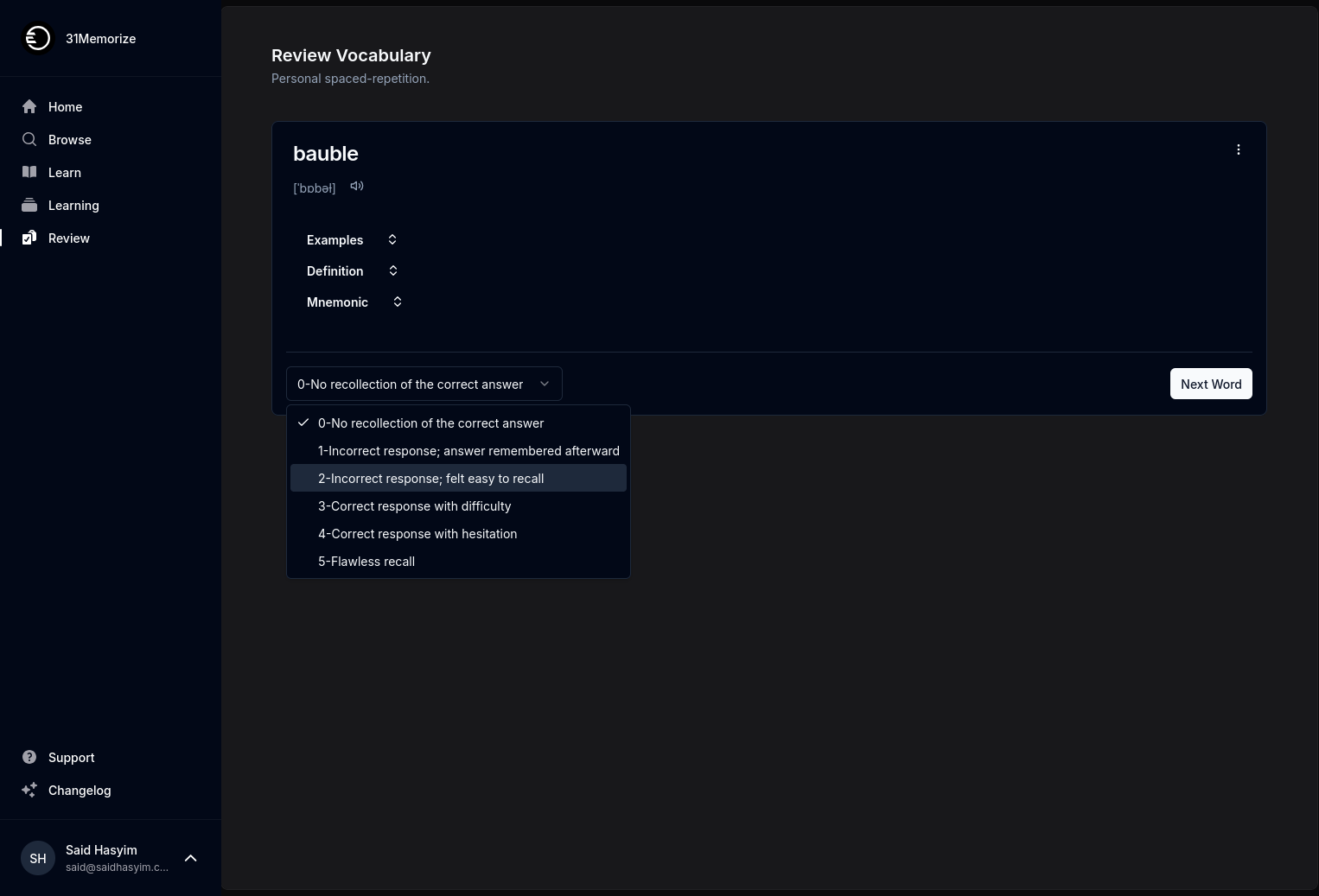How to Use Reader Feedback to Enhance Your Writing
Writing is an art that can be both deeply personal and profoundly communal. As a writer, your primary goal is to connect with your audience, convey emotions, and share ideas that resonate. Yet, how do you know if you are effectively achieving that connection? The answer lies in reader feedback.
Reader feedback can come in various forms—comments, reviews, social media interactions, or direct conversations. Regardless of the medium, the insights gathered from your readers can be invaluable in enhancing your writing. In this blog post, we'll explore how to solicit, interpret, and implement reader feedback to improve your skills and deliver even more engaging content.
Why Reader Feedback is Important
Feedback serves multiple purposes, and recognizing its importance is the first step to harnessing it effectively:
Understanding Audience Perspective: Feedback provides a window into the readers' minds. It helps you understand how your work is perceived, what resonates, and what falls flat.
Identifying Weaknesses: No writer is infallible. Constructive criticism can point out areas of your writing that may need improvement, whether it’s plot holes in a story, convoluted arguments in an essay, or unclear language in technical writing.
Encouraging Growth: The writing journey is one of continuous learning. Reader feedback can inspire you to experiment with new styles, topics, or formats.
Building a Community: Engaging with your audience not only improves your work but also fosters a sense of community. Readers who feel their input is valued are more likely to become loyal followers.
Types of Reader Feedback
Feedback can come in many forms. Here are some of the most common types:
1. Quantitative Feedback
- Ratings: On platforms that allow for reviews, numerical ratings can help provide an overall assessment of your work.
- Polls and Surveys: These tools can gather specific insights about what your audience likes or dislikes.
2. Qualitative Feedback
- Comments: Reader comments, whether on a blog, social media, or publishing platforms, can offer detailed insights into their thoughts and feelings about your work.
- Reviews: In-depth reviews can provide a comprehensive critique, outlining strengths, weaknesses, and areas for improvement.
3. Direct Conversations
- Workshops and Writing Groups: Engaging with fellow writers can lead to valuable discussions about your work.
- Reader Interaction: Attending book clubs, readings, or literary events gives you a chance to hear firsthand what your readers think.
How to Solicit Feedback
If you want reader feedback, you must ask for it. Here are some strategies to encourage your audience to share their thoughts:
1. Explicit Requests
- In your writing or social media posts, ask your audience for feedback directly. Phrasing it as a question, such as “What did you think about this character’s decision?” can prompt meaningful responses.
2. Create Surveys or Polls
- Use online tools to create simple surveys. Keep them brief and focused on specific aspects you wish to improve or learn about.
3. Engage on Social Media
- Use your social media platforms to engage with your audience. Share snippets of your writing and ask for their opinions.
Interpreting Feedback
Once you receive feedback, the next step is to interpret it effectively. Here are some tips for analyzing reader feedback:
1. Look for Patterns
- Assess multiple pieces of feedback to identify recurring themes. If several readers mention a specific issue, it’s more likely something that needs your attention.
2. Stay Objective
- While it’s natural to feel defensive about your work, try to view feedback objectively. Focus on the message rather than the delivery.
3. Differentiate Between Opinion and Advice
- Some feedback may be purely a matter of personal taste, while other comments may offer valuable advice. Learn to distinguish between the two so that you can act on the insights that will improve your work.
Implementing Feedback
After interpreting the feedback, it’s time to put it into action. Here are steps to effectively implement reader feedback:
1. Prioritize Changes
- Not all feedback will be relevant or feasible to implement. Identify which suggestions resonate most and prioritize those that align with your vision.
2. Experiment
- Use feedback as a springboard to try out new ideas. If readers suggest an element they wish to see more of, consider how you might integrate it into your writing.
3. Iterate
- Writing is a process. Don’t hesitate to create multiple drafts or versions of your work based on feedback. Each iteration can bring you closer to your desired outcome.
4. Share Your Revisions
- Once you’ve made changes, share your revised work with the same audience. This not only shows that you value their input but also opens the door for further feedback.
Building a Feedback Culture
Encouraging feedback will be more rewarding if you build an environment where readers feel comfortable sharing their thoughts. Here are some ways to foster a feedback-friendly culture:
Be Open and Approachable: Make it clear that you value input and are always looking for ways to improve.
Acknowledge and Thank Your Readers: A simple thank you can go a long way in showing your readers that you appreciate their time and thoughts.
Reciprocate: Engage with your readers by providing feedback on their work as well. This builds mutual trust and respect.
Conclusion
Reader feedback is an essential component of the writing process that can enhance your work and deepen your connection with your audience. By soliciting, interpreting, and implementing feedback, you can continuously grow as a writer and build a devoted readership. Remember that writing is a journey, and the insights you gather from your readers will guide you every step of the way. Happy writing!
